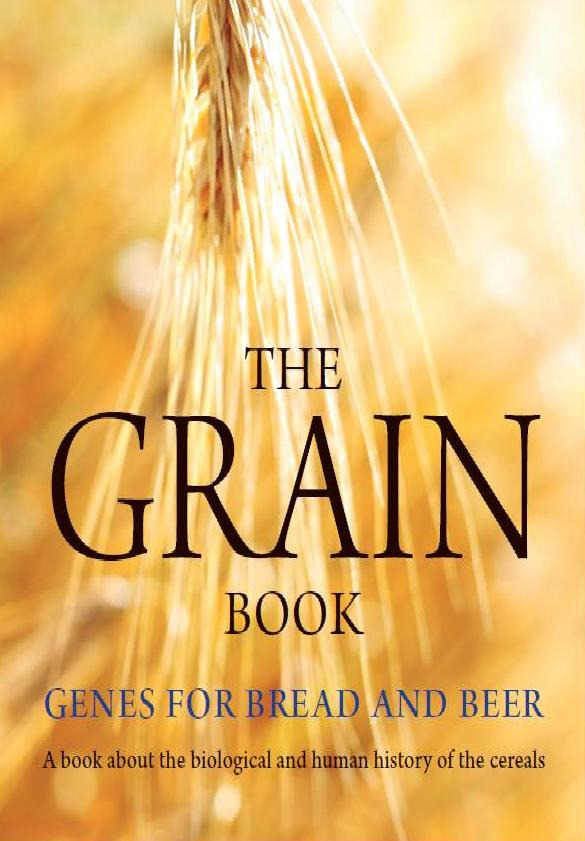The grain book genes for bread and beer a book about the biological and human history of the cereals
Vårt daglege brød - Eit essay om kornets naturhistorie
Through a ten thousand year history human beings have developed the diversity of cultivated crops. When agriculture reached the Nordic countries ca 6000 years ago, the warm-climate species emmer, spelt and naked barley were dominating. As climates got cooler, people became dependent on covered barley, then oats and rye. Both of these cereals were probably developed into crop plants in our region. Northern Europe lies in the intersection between the three great cereal cultures in Europe:
• The Western based on wheat bread (plus wine and olive oil)
• The Eastern based on rye bread (plus beer and butter)
• The Northern with its various flat breads and porridge from barley and oats
All these species of cereal originated in the Middle east. A few thousand years later they could mature as far north as the northernmost parts of Norway. What mutations made this possible? What mutations or environments determine the various culinary qualities we know from rice or the demands of bakers or brewers? Farmers and consumers have noticed beneficial variants and preserved them, and they are our heritage. The book describes the contributions from molecular biology and genetics that now unfold this history written in the chromosomes. It is a human history.
The different chapters describe the biology and history of the major cereals. One chapter is devoted to cereal quality and the exceptional increases in grain production in the 20th century. Can this be continued – can we foresee another doubling by the year 2050, if grains shall supply both food, feed and fuel?
The book is written in an easily accessible style and amply illustrated and has been supported by The Nordic Council of Ministers and the Norwegian Council for Culture.
Vidarforlaget 2010, ultimo November 2010
Approx. 280 Pages, richly illustrated
The book will also be published in English

